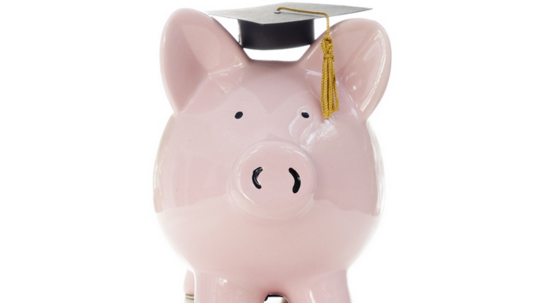

The plight of people with student loans has continued to escalate over the past decade, with the percentage of borrowers behind on their debt payments increasing by an alarming rate. Now, nearly one in three borrowers are at least a month behind on their payments – a statistic that fares much higher than that of official delinquency measures reported by the U.S. Education Department and the New York Fed, but appears to be more accurate from a methodological standpoint.
A recent report from the Federal Reserve Bank of St. Louis analyzed delinquency for student loans, or debt that is more than 30 days delinquent. The findings were staggering: The delinquency rate for borrowers at least 30 days delinquent on at least one of their student loans climbed from 11 percent to just above 17 percent over the past 10 years, and about 77 percent of that increase occurred between 2004 and 2010.
There was a drastic increase during 2012 after a steady decrease in 2011, and now the delinquency rate has maintained some stability at about 17 percent. So while the case for student borrowers looks pretty grim, at least it's promising to know that the situation isn't actually getting worse, right?
But the Federal Reserve Bank didn't stop there. Rather than just generally measure delinquencies as a share of all Americans with student debt, the report from the Federal Reserve Bank measured delinquencies by looking at the borrowers who are actually required to make payments right now – not current students excused because they're still in school or those borrowers who have received permission by their lender to suspend payments. This provided for a more accurate portrayal of the state of student loan delinquency today by differentiating between the measure of the share of loans that are in repayment and those that aren't.
The report defines borrowers' loans as "not in repayment" if their student loan balance is greater or equal to the previous period and if there is "not a past-due student loan balance in the current period." Those "not in repayment" include most student loan borrowers still in college and incorporates loans in deferment and forbearance.
What the Federal Reserve Bank ended up finding out is that, as of Jan. 1, 55 percent of student loan debt was held by borrowers in repayments, whereas 45 percent of student loans were not in repayment. By removing the borrowers not in repayment, the report concluded that 31.5 percent of those with student debt were at least 30 days behind on a payment.
Thankfully, this trend in delinquency isn't as bad as it may seem. The share of student loan borrowers whose loans are not in repayment has dropped over the past decade, according to the report.







